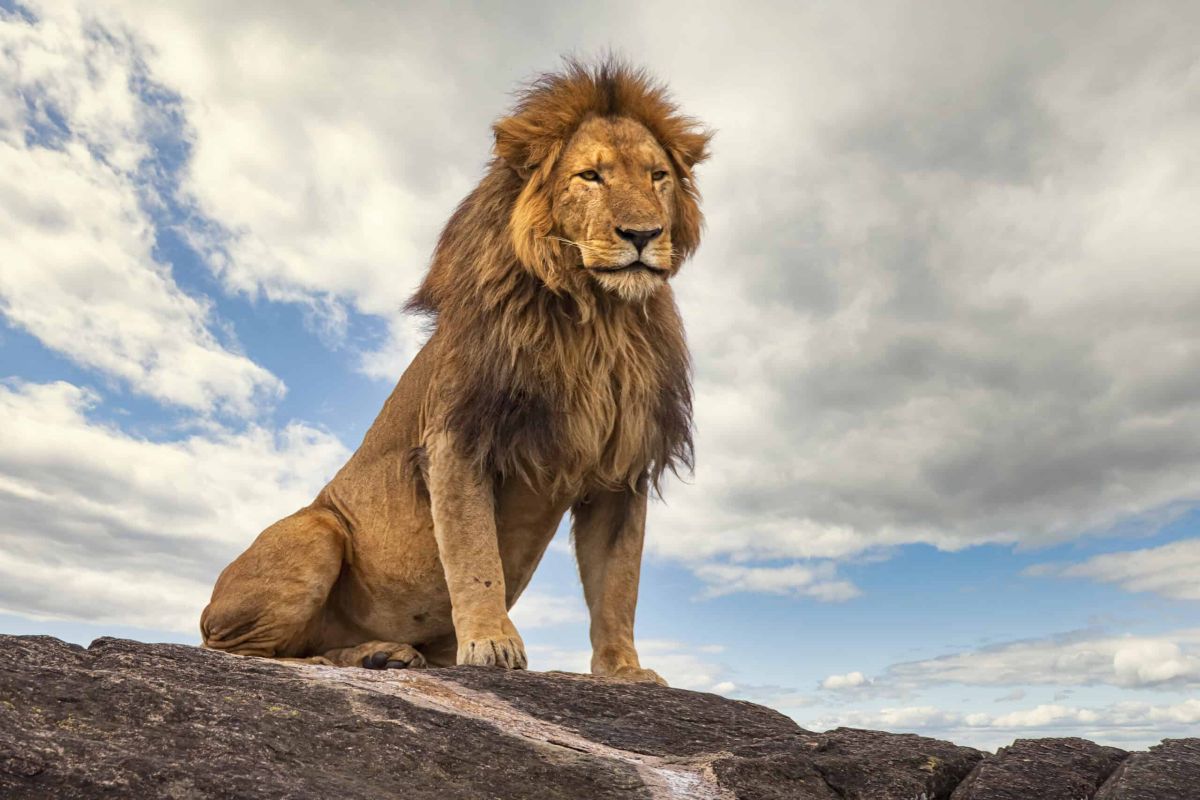The Extinct American Lion

The American lion (Panthera leo atrox) stands as one of the most formidable carnivores to have roamed North America during the Pleistocene epoch. This remarkable creature, often overshadowed by its modern relatives, offers a fascinating glimpse into a world long past, marked by dramatic climatic changes and shifts in megafauna populations. The story of the American lion is one of evolutionary prowess, adaptation, and, ultimately, extinction.
A Glimpse into the Past
The American lion is believed to have existed from approximately 340,000 to around 10,000 years ago. It inhabited a range that extended from Alaska to southern Mexico, adapting to various environments, including grasslands, forests, and tundras. This big cat was not only larger than the modern African lion (Panthera leo) but also possessed traits that set it apart from its contemporary relatives. Estimates suggest that the American lion weighed between 300 to 500 pounds and stood about 4 feet tall at the shoulder, making it one of the largest felines in history.
Physical Characteristics and Hunting Behavior
The American lion’s size and strength were likely complemented by its physical adaptations. With robust forelimbs and powerful jaws, it was an apex predator, capable of taking down large prey. Paleontological evidence indicates that it hunted large herbivores such as bison, camels, and even the enormous woolly mammoth. The lion’s hunting strategy may have involved both solitary and cooperative tactics, reminiscent of the social structures seen in modern lions, although the specifics remain a subject of scientific investigation.
Moreover, the American lion’s dental structure suggests that it had a powerful bite, well-suited for gripping and taking down large prey. Its retractable claws would have aided in gripping surfaces while pursuing or ambushing prey, making it a highly effective predator in the diverse habitats it occupied.
The Environment and Ecosystem Dynamics
During the Pleistocene, North America was home to an array of megafauna, creating a rich tapestry of biodiversity. The American lion coexisted with other large predators, including saber-toothed cats and dire wolves, as well as herbivores that shaped its hunting strategies. The ecosystem was a dynamic and often dangerous place, where survival of the fittest ruled the day.
Climate change played a significant role in the eventual extinction of the American lion. The end of the last Ice Age led to drastic environmental changes, causing the habitats they depended on to shrink and evolve. Many large mammals struggled to adapt to these shifts, leading to significant reductions in their populations.
Causes of Extinction
The extinction of the American lion around 10,000 years ago is a complex issue influenced by multiple factors. Climate change was a significant driver, leading to habitat loss and altering the availability of prey species. As temperatures rose and the landscape transformed, the megafauna they relied upon also faced decline, disrupting the food chain.
Additionally, the arrival of humans in North America marked a critical turning point. As hunter-gatherers spread across the continent, they likely competed with large predators for resources, hunting many species to extinction. The combination of habitat destruction, reduced prey availability, and human hunting pressures likely led to the demise of the American lion.
Legacy and Research
Despite its extinction, the American lion’s legacy continues to captivate scientists and enthusiasts alike. Fossil remains found in various locations, including La Brea Tar Pits in California, provide crucial insights into the lives of these magnificent creatures. Ongoing paleontological research aims to piece together the ecological dynamics of the Pleistocene and understand the factors that contributed to the decline of such impressive species.
The American lion also serves as a poignant reminder of the fragility of ecosystems and the delicate balance between species. The lessons learned from studying its extinction can inform current conservation efforts, emphasizing the importance of biodiversity and the impact of climate change on species survival.
Conclusion
The American lion may no longer roam the North American landscape, but its story is one of resilience and adaptation in the face of environmental change. As we continue to study its life and extinction, we gain valuable insights into the complexities of ecosystems and the importance of preserving the biodiversity we still have. The legacy of the American lion is not merely a chapter in the annals of history; it is a call to action for present and future generations to protect our planet’s magnificent creatures and their habitats.



